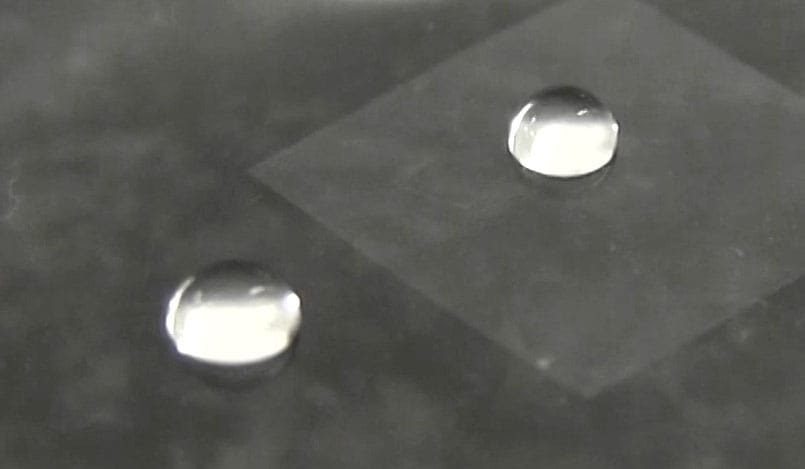Superhydrophobic and self-cleaning surfaces
To modify the topography of substrates in order to obtain superhydrophobic and self-cleaning surfaces.
Obtaining superhydrophobic and self-cleaning surfaces for surface applications in the automobile industry.

The control of the wettability of surfaces is of great interest from both a fundamental and practical point of view.
For example, in applications in the automobile sector, visibility and safety can be affected to a great extent by the accumulation of dirt on optical surfaces (windscreens, lamps, mirrors, etc.). Moreover, ice and snow may adhere to external surfaces.
The liquid-solid adhesion can be controlled through the modification of two factors, surface energy and the geometric structure of the surface.
In this concrete case, the geometric structure of the surface of different polymers is modified using various strategies (hot embossing, photo-curing and thermo-curing of elastomers) for their application on optical surfaces.
This same technology can be applied to antibacterial and antifouling surfaces, being possible, moreover, its scalability for production on flexible substrate.
